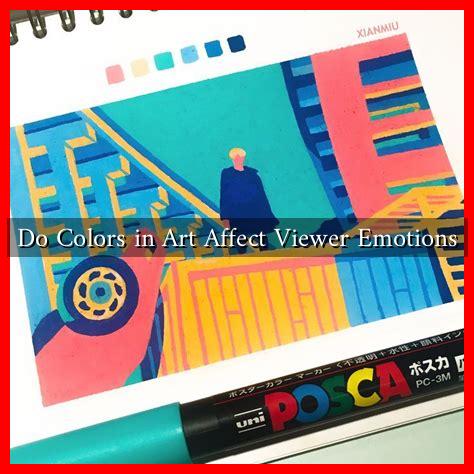-
Table of Contents
Do Colors in Art Affect Viewer Emotions?
Color is a powerful tool in the world of art, capable of evoking a wide range of emotions and responses from viewers. Artists have long understood the psychological impact of color, using it to convey feelings, set moods, and even influence perceptions. This article explores how colors in art affect viewer emotions, supported by research, examples, and case studies.
The Psychology of Color
Color psychology is the study of how colors influence human behavior and emotions. Different colors can evoke different feelings, and artists often use this knowledge to enhance their work. Here are some common associations with colors:
- Red: Often associated with passion, love, and anger. It can stimulate energy and excitement.
- Blue: Typically evokes feelings of calmness, serenity, and sadness. It is often used to create a sense of tranquility.
- Yellow: Represents happiness, optimism, and warmth. It can also be overwhelming if overused.
- Green: Symbolizes nature, growth, and renewal. It often brings a sense of balance and harmony.
- Purple: Associated with luxury, creativity, and spirituality. It can evoke feelings of mystery and introspection.
These associations can vary across cultures, but the general principles remain consistent. Understanding these emotional triggers is essential for artists aiming to connect with their audience.
Case Studies in Color Usage
Several artists and movements have effectively utilized color to evoke emotions. One notable example is the work of Vincent van Gogh. His use of vibrant yellows and deep blues in paintings like “Starry Night” creates a sense of emotional turbulence and beauty. Van Gogh’s color choices reflect his inner struggles and passions, allowing viewers to connect with his emotional state.
Another example is the Abstract Expressionist movement, particularly the works of Mark Rothko. Rothko’s large color fields are designed to elicit emotional responses. His paintings often feature contrasting colors that create tension and provoke introspection. Rothko believed that color could communicate feelings more effectively than words, a sentiment echoed by many artists throughout history.
Scientific Research on Color and Emotion
Research supports the idea that color can significantly impact emotions. A study published in the journal “Color Research and Application” found that individuals exposed to warm colors (like red and yellow) reported higher levels of excitement and energy compared to those exposed to cool colors (like blue and green), which elicited feelings of calmness and relaxation.
Furthermore, a survey conducted by the Institute for Color Research revealed that people make subconscious judgments about a person, environment, or product within 90 seconds of initial viewing, with up to 90% of that assessment based on color alone. This highlights the profound effect color has on perception and emotional response.
Practical Applications in Art and Design
Artists and designers can leverage the emotional power of color in various ways:
- Branding: Companies often use specific colors in their branding to evoke desired emotions. For example, blue is commonly used in tech companies to convey trust and reliability.
- Interior Design: Color choices in home decor can influence mood. Warm colors can create a cozy atmosphere, while cool colors can make a space feel more open and serene.
- Advertising: Marketers use color psychology to attract attention and influence consumer behavior. Red can create urgency, while green can promote a sense of health and wellness.
Conclusion
Colors in art play a crucial role in shaping viewer emotions and perceptions. From the vibrant hues of Van Gogh to the emotional depth of Rothko, artists have harnessed the power of color to connect with audiences on a profound level. Scientific research supports the idea that color influences our feelings and judgments, making it an essential element in art and design.
As we continue to explore the relationship between color and emotion, it becomes clear that understanding this connection can enhance our appreciation of art and its impact on our lives. Whether you are an artist, designer, or simply an art enthusiast, recognizing the emotional power of color can deepen your experience and understanding of the visual world.
For further reading on color psychology, you can visit Color Psychology.

